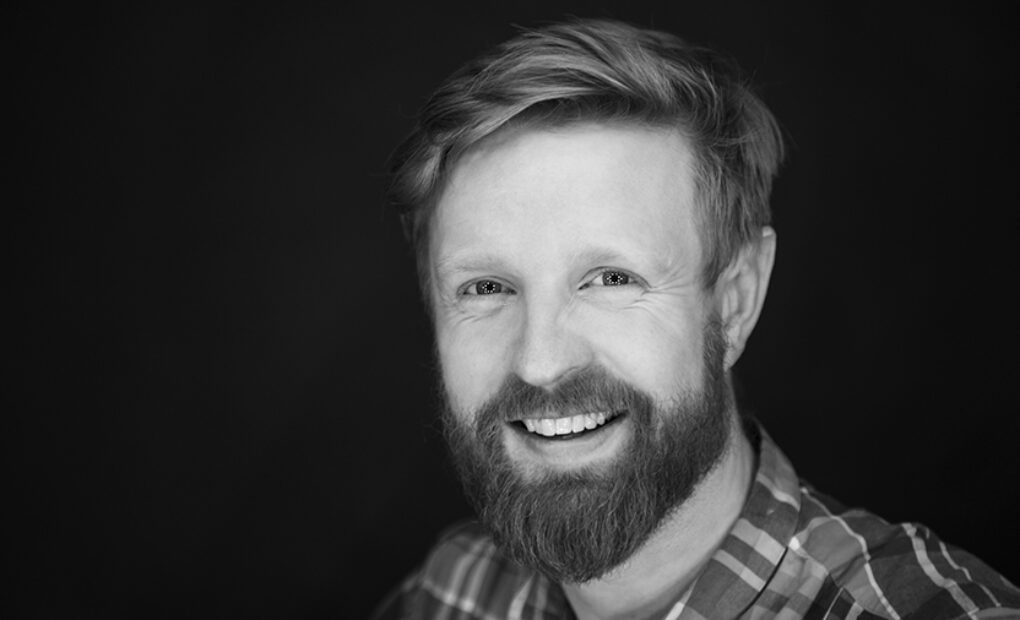
Virtual Reality: The Next Frontier – we spoke to City A.M
Virtual Reality: The Next Frontier
Henry spoke with William Railton of City A.M on the promise of the VR revolution, exciting applications and brands that are getting it right.
This is the year, so we are told, that virtual reality (VR) takes off. Hotly anticipated headsets from Oculus and Playstation are due for release later in 2016 and will finally bring VR into people’s homes. “We’re hugely excited,” says Henry Stuart, co-founder and chief executive of VR production company Visualise, which has produced around 60 different VR experiences for brands. “Until now, we’ve been working flat out on the promise of VR, with physical activations in shops, malls and train stations. We’ve been waiting for the VR revolution.”
However, he expects that brands will have to wait a little longer for a mass market to develop. “This is the year a lot of the tech launches. But it won’t be until 2017-8 when enough people adopt VR en masse.” He tells City A.M. about the “Swayze Effect” and how not to make your audience physically sick.
What does Visualise do?
There are two types of VR which we specialise in. The first is computer generated VR, which throws you into a CG environment with virtual graphics. The second is VR video, which we’ve been extensively working on with brands and agencies. It captures real life using a ball of cameras looking in every direction, to achieve the 360 degree perspective. The video is then played back in a headset, so it’s a more passive experience – you’re taken on a journey.
Which brands are most suited to VR experiences?
The car industry has picked it up really quickly. We’ve done work for Mercedes, Ford, Lexus and Lamborghini because there are a number of functions the technology can help with. Audi, for example, has city centre showrooms which can only fit limited vehicles inside. But with headsets, they can make the space infinitely large to show off all their models, and allow visitors to customise their Audi down to the trim. It also works really well as a driving simulator. We worked with Audi on a motion chair which we took to the Goodwood Festival of Speed. Users wore a headset showing a driving simulation, and as the cars turned, the chair would lurch to the side. You can add in 4D elements, like wind to make the experience even more intense.
Tourism is fertile ground as well. We did a campaign for Thomas Cook called “Try Before You Fly”, offering visitors to flagship stores a five minute tour of holiday destinations. A video of New York led to a 180 per cent increase in bookings, and the project had paid for itself within a year. It provides a genuine window onto locations because it is inherently honest. But that’s a double-edged sword because it makes shoots more difficult.
Click on this link to continue reading the rest of the article.

Comments